There have been many articles recently in various accounting journals about the need to add consulting services to your practice and a common thought is to add “Family Office” type services to your practice. I agree that adding family office services is a great way to build better relationships with your best clients and diversify your revenue, but before you try doing it on your own, let’s explore what it takes to build a family office from scratch.
A family office traditionally oversees the vast resources and assets of an ultra-rich family (think Jeff Bezos, Lebron James, or Oprah Winfrey). Our clients are not ultra-rich and don’t have enough resources to afford a family office on their own; but they do have more wealth than can be well served by the traditional retail process of separate relationships with accountants, insurance agents, lawyers, bankers, and investment advisors.
Our target clients typically have a net worth between 5 and 50 million dollars and/or an annual income above $400,000. You probably have several of these clients already and have experienced some of the frustration that comes with trying to help them navigate complex transactions. Changing your practice to better serve these clients and attract more of them will increase your revenue per client and reduce your reliance on tax revenue.
The right client will gladly pay you a fee to help them manage their financial concerns and wealth. They will happily pay a little extra to make sure someone is taking a forward-looking proactive approach to everything going on in their life. To justify that fee, you’ll have to set up what we call a Virtual Family Office, which requires a diverse set of skills and members with expertise in:
Law
Accounting
Lending
Risk management
Operations
Interpersonal communication/conflict resolution
These experts need to be able to work as a team and need to be accountable to the group. The group must have a Facilitator, who acknowledges the needs of the individual and is able to guide the group in reaching consensus. We have been most successful in this role leading the virtual team, while playing “2nd chair” to the person who is the lead of the client relationship.
Team members must be experts in their field and be flexible enough to recognize that their optimal solution may not be in the best overall interests of the client. They must also have a work arrangement that allows them to be brought into engagements on short notice. We recommend that you have a standard set of processes to validate and document members’ expertise. It is not enough that someone says something on their website; they must be able to prove it for them to fill a role on the team.
Once you have identified how you will verify and maintain the credentials of your virtual family office mainstays, it is time to develop your “bench.” The bench are people or entities who have a specific or specialized skill set. They will not be regular members of the team, but they can be called in whenever their unique service is needed. Bench members will be added occasionally when you find a new need for a client that you have not had to address before.
Putting together a Virtual Family Office is more than just asking a few friends or acquaintances over golf to join you. It takes a lot of thought and time to piece together a functioning unit. If this is a bigger task than you want to take on right now, you can choose to engage with an outside firm to incorporate you into their model, which is what we have done for several accounting firms.

